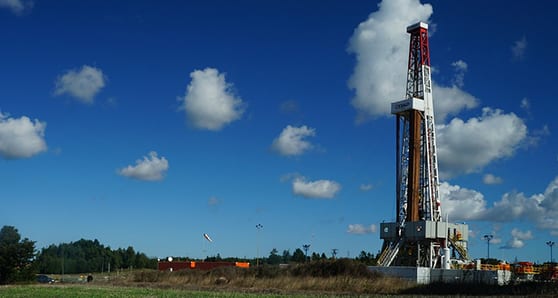 New data released on Wednesday by ATB Financial’s Economics & Research Team indicates the Alberta oil and gas drilling industry is still struggling.
New data released on Wednesday by ATB Financial’s Economics & Research Team indicates the Alberta oil and gas drilling industry is still struggling.
In its daily economic update The Owl, the team said the average number of active rigs over the first nine months of 2019 was 92, compared to 140 over the same period last year. This represents a drop of 34 per cent.
“With pipelines full, natural gas prices weak, and uncertainty around when new pipe and liquefied natural gas (LNG) export capacity will be online, companies and investors are reluctant to engage in more drilling,” said the report.
“The annual average for active drilling rigs peaked at 382 during the 2005 natural gas boom and sat at 252 in 2014 before the oil price collapse triggered provincial recession of 2015-16. The annual average got as low as 81 in 2016, but bounced back to 147 in 2017 and 138 in 2018.”
ATB said the rig count is an important bellwether of oil and gas exploration and production. It’s also a proxy for employment in the oil and gas field services sector.
“According to the Canadian Association of Oilwell Drilling Contractors, each active rig represents about 21 direct jobs and 124 indirect jobs. With the average year-to-date rig count at just 92, this means the rigs were supporting almost 7,000 fewer workers (-34.1 per cent) over the January to September period this year compared to last year,” said the financial institution.
“This does not represent all jobs lost in the oil and gas sector, but it is another way to highlight the tough year it is having and how pipeline delays and other challenges are affecting workers and their families.”
According to the Alberta government’s economic dashboard, oil production in the province was 17.81 million cubic metres in August, down 3.1 per cent compared to August 2018.
Non-conventional (or oil sands) production, which constituted 84.2 per cent of all oil production in Alberta in August, decreased by 2.6 per cent year-over-year, while production of conventional oil was down 5.6 per cent over the same time frame, it said.
“The number of exploratory and development wells drilled in July 2019 decreased by 32.9 per cent from the same period a year earlier, from 508 to 341 wells. Development oil wells, which made up the largest portion (56.6 per cent) of wells drilled in July 2019, decreased by 18.2 per cent year-over-year.”
The number of inactive rigs increased by 2.2 per cent from 275 last year to 281 in September.
Mario Toneguzzi is a Troy Media business reporter based in Calgary.
The views, opinions and positions expressed by columnists and contributors are the author’s alone. They do not inherently or expressly reflect the views, opinions and/or positions of our publication.

